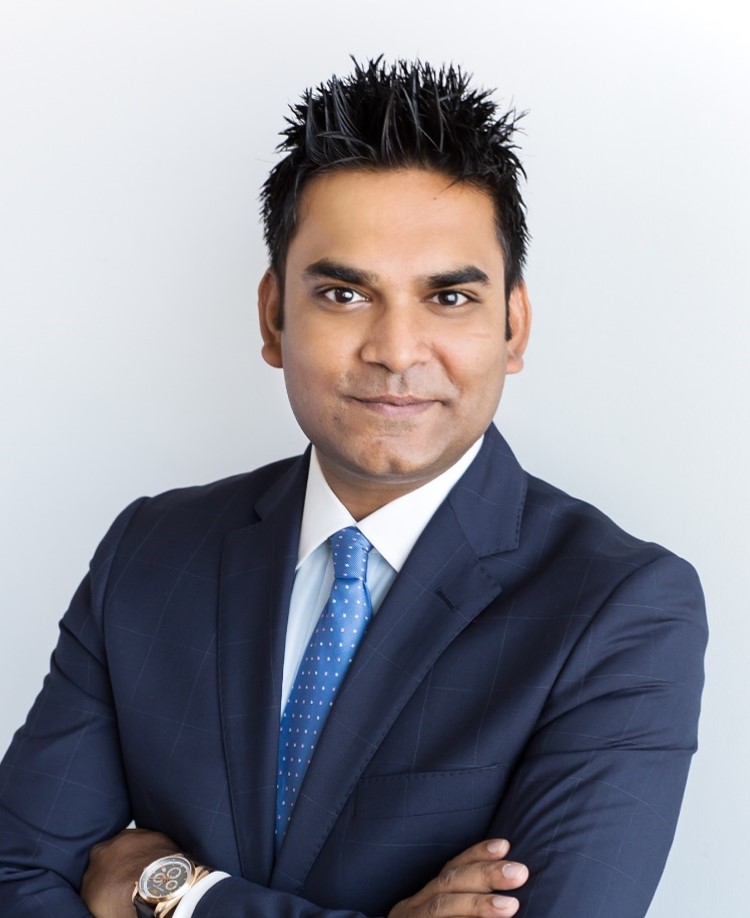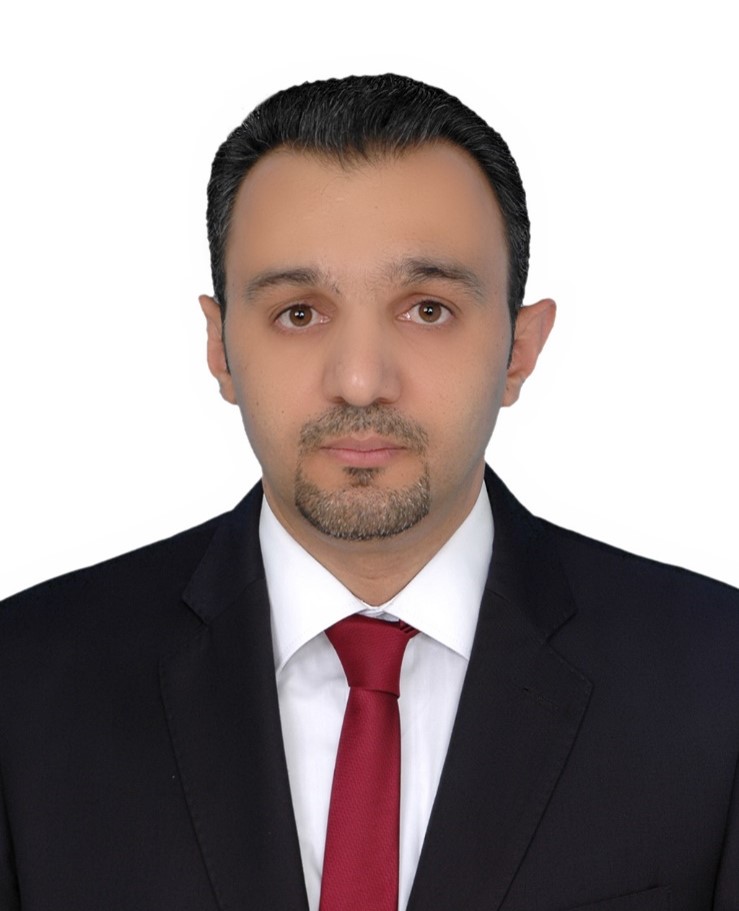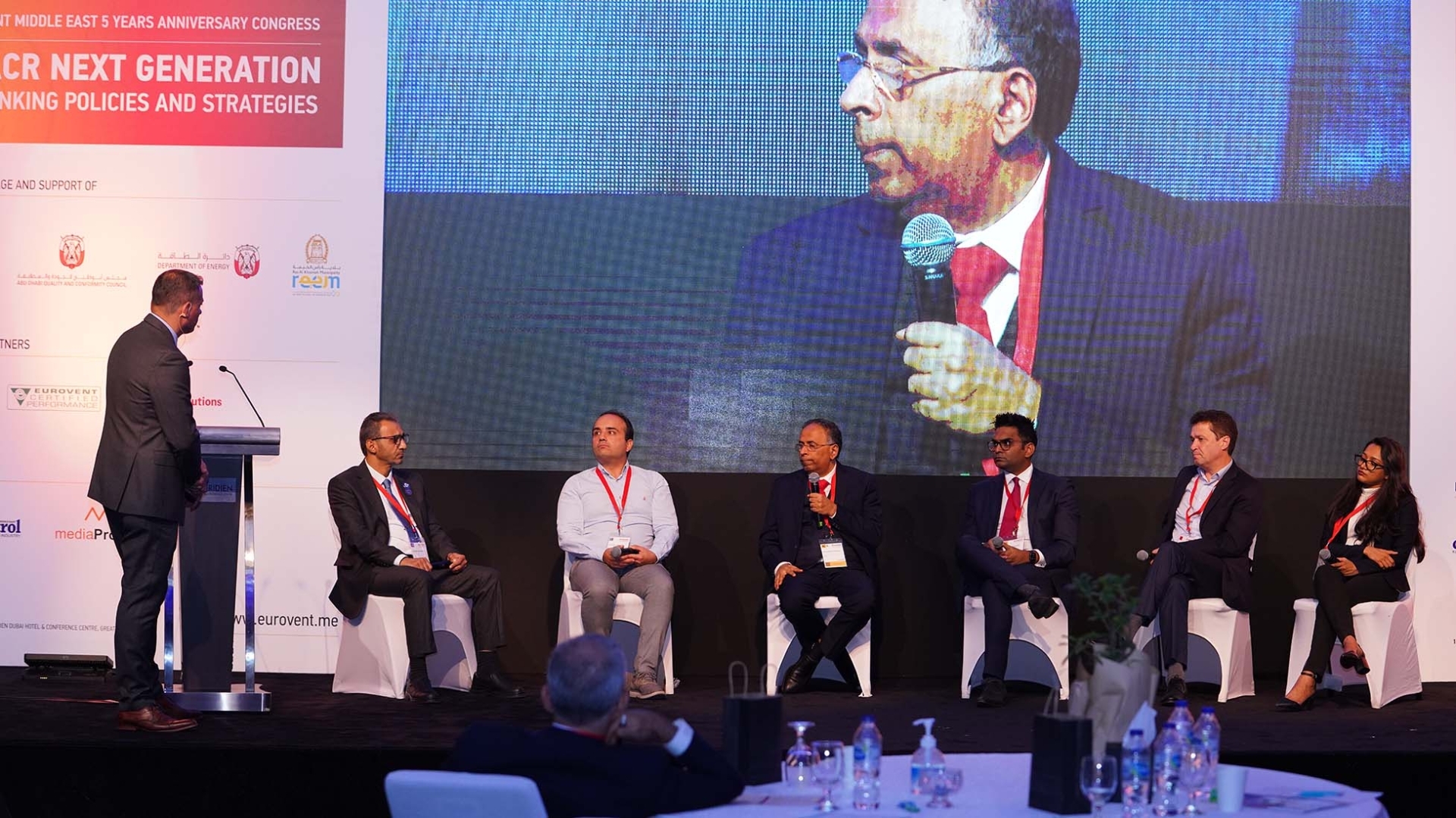There are noticeable gaps in market surveillance within the GCC region, a problem that can be detrimental not only to the general safety of the population using products that may not be compliant with existing standards but also to the long-term sustainability and energy efficiency goals of each country.
*The discussions are from a panel discussion at Eurovent Middle East’s 5-year-anniversary Congress held from 13-14 September 2022. Eurovent Middle East would like to thank the participants for their valuable contribution.
Cracks in the foundation: Why market surveillance matters to you

For Dona Madurawala, Product Engineer, Taqeef, the importance of market surveillance spans across every stakeholder within the building sector. Whether you are a manufacturer, a consultant, a contractor, an end user or a government body, market surveillance can support each player’s personal interest. “For the consumer, knowing the product they are purchasing has gone through stringent market surveillance procedures can improve the confidence and the trust in the brand,” she points out. “It also gives them greater value for their money. At the end of the day, a customer can and will pay more for a unit rated with five stars for energy efficiency rather than a unit rated three stars.”
Additionally, Madurawala says, market surveillance builds the credibility of regulatory bodies within the market. “When a product is certified under a scheme, market surveillance goes a step further in ensuring that the products that come into the market do, in fact, meet the regulatory requirements.”
This is especially critical in the context of green building regulations emerging across the UAE, many of which reference certification programmes. “So, imagine if the estimated energy savings from a programme like that consider a product that does not perform as certified or declared-- It's a crack in the foundation,” she says. “Market surveillance plays a crucial role in strengthening such programmes and activities conducted by government bodies.”
Regulation is meaningless without enforcement
Supporting this point is Nabil Shahin, International Technical Director, AHRI, who says that the absence of proper market surveillance and certification programmes means “minimum energy efficiency performance requirements are just ink on paper” “This is because you will end up having some products where manufacturers only submit a golden sample, so what's in the market doesn't comply,” he says. Citing an example, Shahin says that when SASO started actively working on market surveillance, they found that 65% of the product tested was not in compliance with standards and regulations.
There are several reasons why this is the case, says Shahin. “The challenges are usually manufacturing process changes and continuous cost reduction in manufacturing,” he explains. “The product initially submitted may, knowingly or unknowingly, end up changing in terms of performance. The tolerance level can widen up to 10%, 20%, 30%. So as a consumer or end user, when you're buying a product, relying only on the label, you may end up with a product that's performing less efficiently and consuming more power.”

Such realities in the market are why lack of market surveillance can essentially render standards and regulations ineffective, says Markus Lattner, Managing Director, Eurovent Middle East. “If you cannot enforce it properly, you don’t know where you stand,” he says. Sylvain Courtey, President of Eurovent Certita Certification, agrees: “This is something we tend to forget: You can have very nice rules, but if it's impossible to check them, at the end of the day it's meaningless.”

Working hand in hand
This, for many, highlights why market surveillance benefits when done in collaboration with third-party certification organisations. Courtey points out that third-party certification schemes are voluntary schemes. “It's driven by manufacturers which voluntarily have audits done by an independent party, and authorities can really use and benefit from what has been done under such a scheme to focus on the part of the market which is not covered by those certification schemes,” he says. “This is a great help because they have limited means in terms of testing, so they should use what is already existing.”
Shahin shares the same view: “The solution is definitely working with a third-party manufacturing association that does this for a living because the challenge for the governments is to test multiple products and multiple technologies monthly - they can't be an expert in everything. There's no way a government can perform surveillance testing as well as a third-party certification company.” With the help of certification bodies, Shahin says it is easier to compare the manufacturers fairly and conduct random checks every year to confirm compliance.
Lattner adds that the issue of testing is especially critical when it comes to customised products, such as air handling units, chillers and similar large equipment – most of which are almost impossible for governments to conduct proper market surveillance.

Vijay Jesudas, Business Manager, UL Solutions, also highlighted the value of third-party certification providing a robust tool for suppliers and end users, underlining research from the International Confederation of Inspection Days and Certifications, comparing self-testing to third-party certifications. “The sample suggested that about 78% of self-certified were faulty and about 10% were dangerously faulty, and they were non-compliant to EU regulations,” he said. “Now, on the flip side, when it comes to third-party certifications, it was about 75% compliant and about 1% dangerously faulty. So, in my opinion, third-party certification plays a crucial role.”
Looking at systems as a whole

Weighing on the issue is Eng. Basem Salameh, Senior Specialist, Gulf Standardisation Organisation (GSO), who agrees that market surveillance is a critical tool but that there is a need to look at the whole legislative process. “I'm not saying that we have to only make that pre-shipment certification, for example, the only tool for compliance,” he says. “Also, we don't have to make the market surveillance the only tool, we have to study the infrastructure.”
In Europe and the US, Eng.Salameh points out, there is much trust in the market and a strong reliance on a post-market tool to phase out non-compliance, stemming from the strong consumer rights ingrained in the culture and consumers are already empowered to go to the authorities. “You must study all things around market surveillance in the region,” he says. “It's not only harmonising standards and requirements. Many things around market surveillance aspects have to be really looked into: the culture of the consumer, the legal infrastructure, the quality infrastructure, the authority, and a commitment to market surveillance, then the whole system can be effective.”
The lack of independent testing in the GCC

Srinivasan Rangan, Member of the Board, Eurovent Middle East, says that another issue specific to the region is the lack of available laboratories in the GCC region that allows for proper infrastructure, also agreeing that the market must be looked at in totality.
Courtey also underscores the added value of having independent laboratories to perform the tests. ”We will try to introduce labs in the future to be closer to the market, especially in Middle East and in Asia, because today we rely only on European independent labs,” he says. “But we always believe that independent labs have a value in the process of ensuring trust levels. Even for the manufacturers, I know it’s complicated, but they do want to have a neutral body to perform the tests.”
Reflecting on what associations can do to help the region step up their market surveillance game, Nabil adds that it’s important to develop a system that will fit the GCC market’s needs. Nabil also highlights the unique requirements of the region where 80% of the power goes to HVAC, and that the industry must understand that they are starting from scratch due to lack of laboratories in the region.
To this end, Rangan says that it’s also time to leverage technology to streamline market surveillance and that innovations in this field should allow for real-time market surveillance that will be easier for the people conducting them. “We should get to a point, moving forward, that it’s very easy for everybody.”
Collaboration is key
Eng. Saleh highlights the importance of stronger cooperation and knowledge sharing in the region, adding that GSO encourages member states to share information that may come from any market surveillance of a product. “So instead of wasting the efforts in each country, if, for example, in Bahrain market surveillance authorities found this product noncompliant, we encourage them to share this information with other countries.”
Rangan agrees that collaboration is the way to go. “It's important that this collaboration is also visible to the industry, that it's not just happening on a job, project or product-to-product basis,” he says. “The transparency of the whole process is going to benefit everybody.”
Echoing this, Shahin points out that if a product fails in one country in the GCC, most likely the same model will fail in other countries within the region which have the same or similar conditions. This, he says reinforces the need for harmonisation, which is critical to reducing trade barriers. “Typically, companies must create specific models for high ambient conditions, so products are specially designed for this region,” he says. “If they see many hurdles, like getting stuck in customs because the test failed of a unit that should have passed, all these frustrations will make these companies reluctant to sell their technologies and products in this region.”
Lattner adds that this would have a trickle-down effect of reducing the variety of available solutions to the market, many of which could be integral to developing energy-efficient projects. At the end of the day, we all have a common goal, says Jesudas. “We want to have safe products being supplied to the end-users and I don't see any reason why we shouldn't continue to have that conversation.”
To this end, Courtey and Lattner agree that further conversations are needed, and regulatory bodies and certification organisations should follow up and ensure that each one clearly understands the needs and benefits of the other. Supporting the market surveillance question could ultimately help harmonising standards across the region. And existing certification schemes could play an essential role therein.

